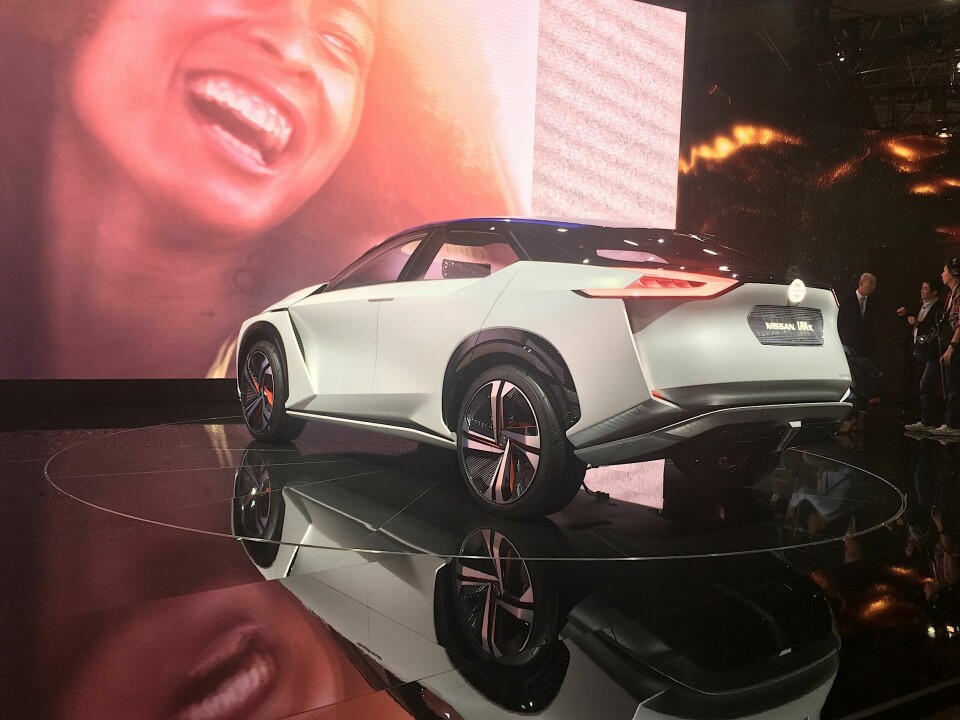
Tokyo 2017: Alfonso Albaisa on the Nissan IMx
Nissan’s design chief explains what’s behind (and inside) the EV crossover concept
Nissan’s IMx concept very quietly sets out the design direction we can expect at Nissan under Alfonso Albaisa’s leadership. Tackling two of the major themes for future mobility – autonomous driving and an EV platform – it is a curiously subtle statement of intent.
On the outside it looks pretty sharp, modern, urban and, broadly speaking, advances the well-known Leaf look. It is over 4.6 metres long and has big wheels and cues that obviously position it as a chunky crossover. The V motion grille links it to the brand’s design, and distinctive front fenders add a layered effect. The dark glass roof visually lowers the roofline, making the IMx look smaller than it actually is, but overall there aren’t any huge surprises on the exterior. Open the suicide doors, though, look inside and there are some intriguing ideas being explored.

Albaisa has been on a “journey of discovery” for the past six months into Japanese heritage. The Prototype 9 confused many people. Why build a car and heritage that didn’t exist? Critics complained it was trying to invent a storied history that Nissan didn’t have. But his intentions are gradually becoming clear. The IMx concept conflates Japanese art, traditional furniture, garden design and philosophy with fiercely modern technology. It combines art with engineering and AI, and it has done it rather beautifully. “You have to understand your history when you are making giant leaps forward,” he says.

Inside, the IMx feels very spacious. Gesture control eye movement control the infotainment system, removing a lot of clutter from the cockpit. The 3-D printed structure of the headrests opens the cabin even more. More fundamentally, though, the EV platform has given the designers a lot more space to play with. Albaisa tells CDN that because the floor is so flat, they were able to make the carpet a more creative experience with depth and pattern. Lights hidden under the seats highlight the ripple pattern, resembling ripples in the sand.

Higher up a grooved wood IP wraps around the cockpit like a sandbar, knitting together a series of cameras to show shadows of what is happening around the car, in the same way that traditional screens in Japanese houses turn movement into a shadow play. In the picture below, the shadows are bamboo, but at the show those shadows were people moving around the car. The wood theme is extrapolated onto the stand itself, this year designed by Albaisa’s team too, linking the whole experience together.

Above the wood, the bottom of the windscreen also creates a compelling illusion. At first sight it looks like a variation on a heads-up display, but it is a black screen which uses cameras to convey information about the driving environment, warn of approaching hazards, or tricks the eye into thinking the windscreen comes much lower down than it actually does. The emphasis is on space.

It is a show car, so we clearly won’t see all of this design and technology making into production, but Albaisa confirms that it “gives hints of what we are doing”.
“We don’t know where this [creative] journey is taking us, but nobody is saying ‘no’. It is a little bit like the Prototype 9. No one’s saying ‘no’, so we keep going.”



